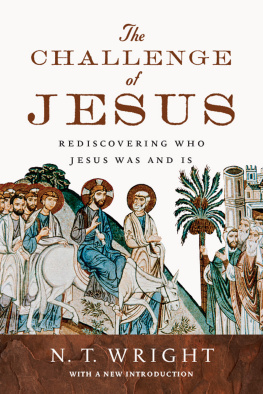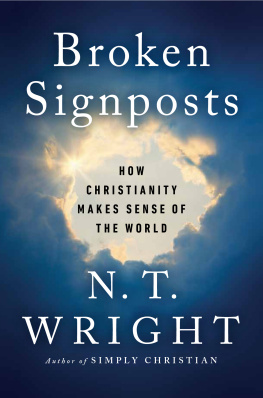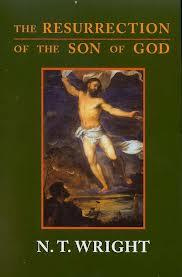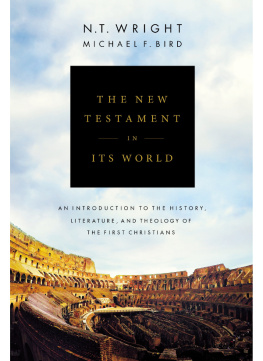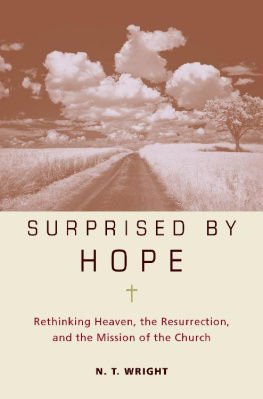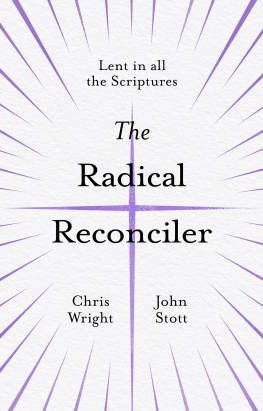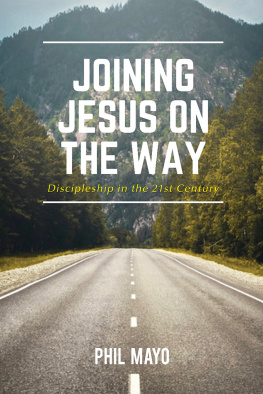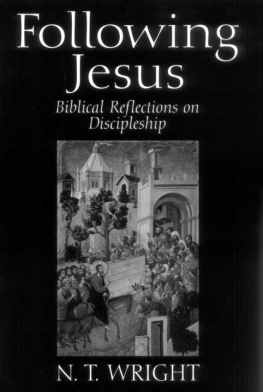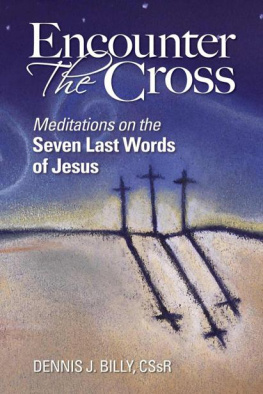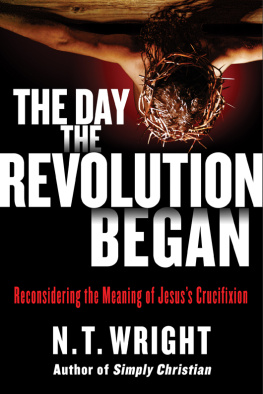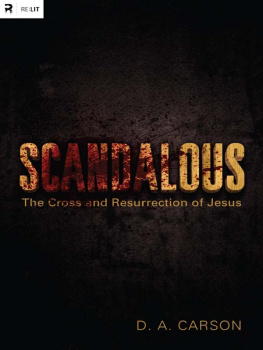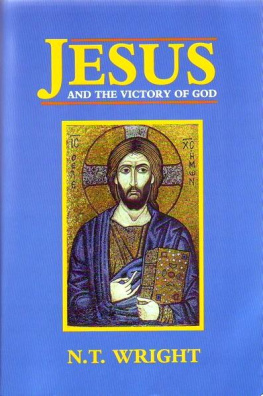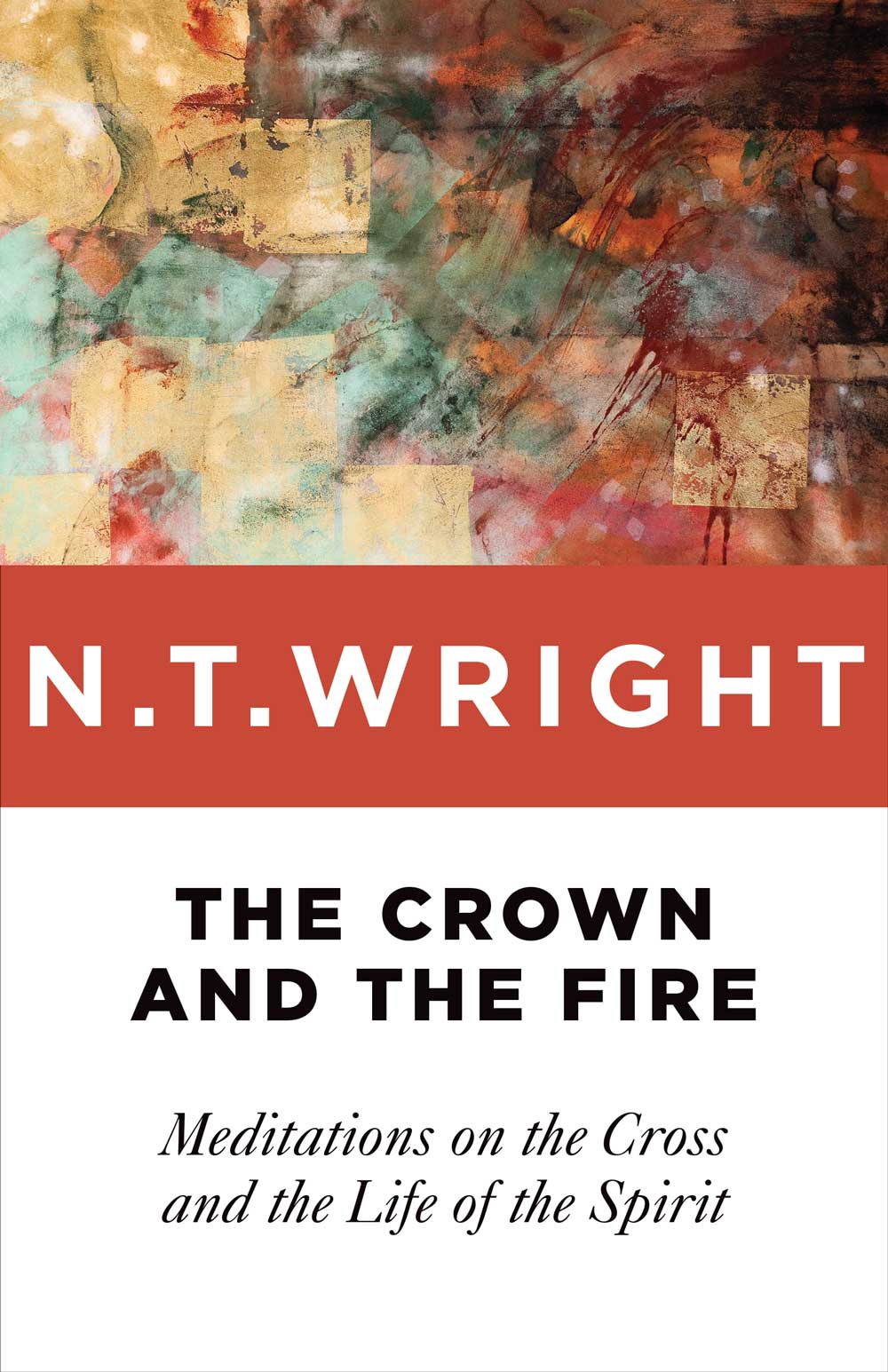1992 by N. T. Wright
All rights reserved
First published 1992 in Great Britain by SPCK
Holy Trinity Church, Marylebone Road, London NW1 4DU
This edition published 1995 through special arrangement with SPCK by
Wm. B. Eerdmans Publishing Co.
2140 Oak Industrial Drive N.E., Grand Rapids, Michigan 49505
www.eerdmans.com
Printed in the United States of America
Library of Congress Cataloging-in-Publication Data
Wright, N. T. (Nicholas Thomas)
The crown and the fire: meditations on the Cross
and the life of the Spirit / Tom Wright.
p. cm.
Originally published: London: SPCK, 1992.
Includes bibliographical references.
ISBN 978-0-8028-7179-4 (paper: alk. paper)
eISBN 978-1-4674-2815-6 (ePub)
eISBN 978-1-4674-1110-3 (Kindle)
1. Jesus Christ Crucifixion Sermons. 2. Jesus Christ
Resurrection Sermons. 3. Holy Spirit Sermons.
4. Sermons, English. 5. Church of England Sermons.
6. Anglican Communion Sermons. 7. Spiritual life
Anglican Communion Sermons. I. Title.
BT453.W75 1995
232.963 dc20 95-30796
CIP
Unless otherwise noted, the Scripture quotations in this publication are from the Revised Standard Version of the Bible, copyrighted 1946, 1952 1971, 1973 by the Division of Christian Education of the National Council of Churches of Christ in the U.S.A., and used by permission.
The author and publisher are grateful to Faber and Faber Ltd for permission to reproduce extracts from The Rock and Little Gidding by T S Eliot from The Collected Poems of T S Eliot 1909-1962.
For Michael Lloyd
N . T . Wright
The Crown and the Fire
Meditations on the Cross
and the Life of the Spirit
William B. Eerdmans Publishing Company
Grand Rapids, Michigan
Contents
D uring the last decade I have tried many times to think my way through the meaning of the death and resurrection of Jesus, and the gift to his people of the Spirit. Sometimes this has been done in an academic setting, as I have wrestled with the exegesis of biblical texts or the historical task of reconstructing what actually happened during the last days of Jesus earthly life and the first days of the churchs new-found existence. Sometimes it has been done through preaching. I have not been able to keep these two tasks isolated; however, I do not think that either would have profited from my doing so. One reason for this is that throughout this last decade I have been puzzling, often with some pain and difficulty, about what it means, for me and for others, to be Christian in the modern world. I have refused to accept the easy answers offered on all sides, since time and again they have seemed to me both sub-biblical and unhelpful. Instead, I have come back to the central events of the churchs faith, and to some of the central passages of the Bible, and have tried to think them through at every level for myself. I am under no illusion that I have now arrived at a settled or final understanding, but so many people have urged me to make these reflections more widely available that I am happy to do so now, if only as markers on my own journey and, if it may be, signposts for others.
The first half of the book consists of addresses given, in various shapes and forms, as Good Friday meditations. Good Friday preachers have often spoken on the Seven Last Words from the Cross; I decided to focus instead on seven phrases or sentences that were addressed, so to speak, to the cross words spoken to, or about, Jesus. One of the things the evangelists manage to do in telling the story of Jesus death is to show some of the connections between the cross and what had gone before during Jesus life, and I have tried to draw out some of those connections in my exposition. These addresses were first given, in a shorter form, at Hudson, Quebec, in 1983, in the church where my family and I were regular worshippers for four years, and to which we still look back with gratitude. They were developed at the Church of the Advent, Montreal, in 1984, and at Christ Church Cathedral, Montreal, in 1986. I reworked them for All Saints, Headington, Oxford, in 1987, and finally for St Aldates, Oxford, in 1991. I am very grateful to the clergy of all these churches for their invitations, and to them and their parishes for their support and kind encouragement.
The second half of the book is more eclectic in background, though setting out (to my mind at least) a fairly tight line of thought. It begins with a sermon preached in St Georges Cathedral, Jerusalem (and again at Tabgha, by the Sea of Galilee, where the incident which it expounds supposedly took place) in Eastertide 1989. It continues with a sermon preached first in Worcester College, Oxford, and then in Christs College, Cambridge, in December 1990 and March 1991 respectively. The next chapter consists of a biblical exposition given to the Church of England General Synod in January 1991. This, quite unintentionally, caused something of a stir, and I hope that printing it in full here, in a wider setting which shows where it belongs in my thinking as a whole, will make my meaning clear. The book then concludes with three sermons preached in Worcester College at various times during the last five years. Once again I am grateful to those who heard the addresses and encouraged me to put them into more permanent form.
I have allowed some traces of the original settings to remain, hoping that they will add to, rather than detract from, the continued impact of what was said. I have included the biblical readings that were the basis of my reflections; if not noted otherwise, they are given in my own translation. Perhaps I should also say that I am well aware of the many problems associated with making historical claims about what happened in the life and ministry of Jesus, and am in the process of addressing those issues in other works in a different genre. I have not thought it appropriate to annotate this book with explanatory footnotes on this topic.
My thanks are due, for help with the preparation and printing of this book, to my assistant Kathleen Miles, and to the friends around the world who, in supporting the fund which has enabled me to have such assistance, have made projects like the present one possible. I would also like to record my thanks to Bishop Richard Holloway, of Edinburgh, who read a draft of the material and made helpful and encouraging comments; to my dear wife and family for their cheerful acceptance of my seemingly endless busyness; and to the editors at SPCK for their part in encouraging and enabling me to put the material into its present form. And since, indeed, encouragement is what preachers and theologians so often need and so frequently lack, I am particularly glad to dedicate this book to the Chaplain of Christs College, Cambridge, my dear friend Michael Lloyd, from whom I have received so much of that precious commodity over the period of its growth.
Worcester College, Oxford Tom Wright
Feast of St Peter, 1991
Those who passed by derided him, wagging their heads and saying, You who would destroy the temple and build it in three days, save yourself! If you are the Son of God, come down from the cross. So also the chief priests, with the scribes and elders, mocked him, saying, He saved others; he cannot save himself. He is the King of Israel; let him come down now from the cross, and we will believe in him. He trusts in God; let God deliver him now, if he desires him; for he said, I am the Son of God. And the robbers who were crucified with him also reviled him. (Mark 15.29-32; Matthew 27.39-44 rsv )
W ith these words, the last and fiercest strife breaks upon the bleeding figure on the central cross. He has been fighting this battle one way or another all his life and now it rages around him in full strength.



